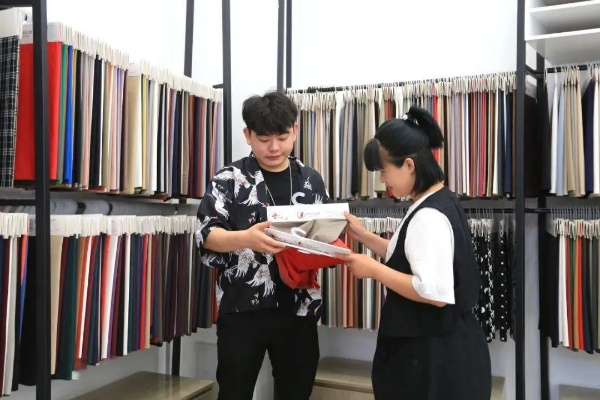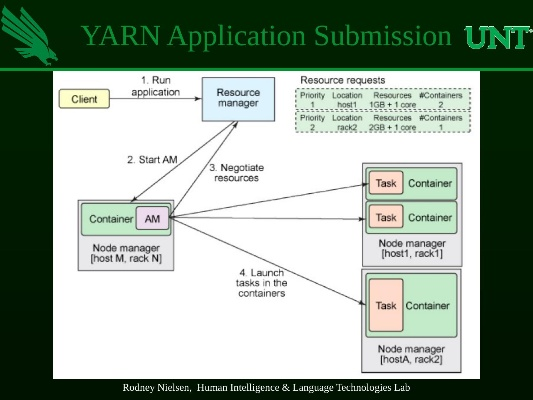The Dynamics of European Handcrafted Textile Market An In-depth Analysis
This paper provides an in-depth analysis of the European handcrafted textile market, exploring its dynamics and key trends. The study examines the market's historical development, focusing on factors such as cultural heritage, innovation and technological advancements. The analysis also considers the influence of globalization and the role of emerging markets in driving growth. The research concludes by highlighting opportunities and challenges for future market expansion and sustainability.
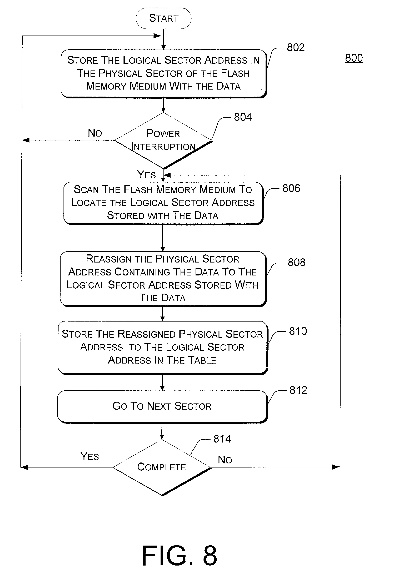
Introduction: The world of handwoven textiles has always been a testament to the ingenuity, craftsmanship, and creativity of human beings. Europe, as a hub for traditional handicrafts, continues to play a vital role in shaping this industry. From the delicate lace of Italy to the intricate tapestries of France, each region boasts its unique style and history, which is reflected in the market dynamics today. This article aims to provide an in-depth overview of the current state of European handcrafted textile markets, highlighting key trends, challenges, and opportunities.
Market Size: According to recent data from Euromonitor International, the European handcrafted textile market is valued at approximately $32 billion, with an annual growth rate of 4.5%. This robust growth can be attributed to a growing demand for high-quality, sustainable, and culturally significant products. As consumers become more aware of the environmental and social impact of mass production, they are turning towards artisanal goods that reflect their values. Additionally, the rise of eco-friendly materials and innovative design techniques has fueled further expansion into new markets.
Regional Variations: Europe's handcrafted textile sector is not homogeneous. Each country has its own distinct features and characteristics that contribute to its unique position in the market. Italy, for example, is known for its lace and embroidery, while Spain is renowned for its colorful tapestries. Germany, on the other hand, is a powerhouse in weaving and knitting, producing some of the most sophisticated and functional textiles in the industry.
Trends: One of the most significant trends in the European handcrafted textile market is the increasing focus on sustainability. Many artisans are adopting eco-friendly practices and using renewable materials to produce their products. This move is driven by consumer concerns about the long-term environmental impact of traditional textile manufacturing methods, as well as a growing trend towards conscious consumption. Another trend is the embrace of innovation. Artisans are incorporating new technologies, such as digital printing and 3D printing, to create more intricate and visually stunning designs. This shift reflects a broader trend in the global textile industry towards personalized and customization-driven products.
Competitive Landscape: In the European market, there are several players who have established themselves as leaders in their respective regions. For instance, Italian lace makers like Gianni Schicchi and Italian Tapestry Group (Gruppo Storico) are household names in the industry, known for their exceptional quality and attention to detail. Similarly, German manufacturers like Bürkleit and Rohrenbeck are leading the way in knitting and weaving techniques. However, there is also intense competition among smaller artisans, many of whom are experimenting with new styles and techniques to differentiate themselves in an increasingly crowded market.
Barriers and Challenges: Despite the promising prospects, Europe's handcrafted textile industries face several challenges. One major issue is the lack of standardization and uniformity across regions, which can make it difficult for consumers to compare products and find what they are looking for. Additionally, the cost of raw materials is often prohibitive for many small businesses, which limits their ability to produce high-quality products within the budget constraints imposed by their clients. Finally, there is a challenge in adapting to changing consumer preferences, as traditional styles may no longer resonate with contemporary tastes.
Opportunities: Looking ahead, there are several opportunities for growth in the European handcrafted textile industry. Firstly, the increasing interest in sustainability means that businesses can capitalize on this trend by offering eco-friendly options that appeal to conscious consumers. Secondly, the adoption of digital technologies can enhance product quality and offer greater efficiency and scalability, enabling artisans to reach wider audiences and expand their business models. Finally, there is great potential in developing new markets and expanding into emerging economies, where demand for handmade goods is rising rapidly.
Conclusion: The European handcrafted textile market is a vibrant and dynamic industry, driven by a combination of factors such as sustainability trends, technological innovation, and growing consumer awareness. While it faces numerous challenges, these challenges also present opportunities for growth. As the industry continues to evolve, it will be interesting to see how it adapts to the demands of modern consumers and whether it can maintain its place as a pillar of European heritage and culture.
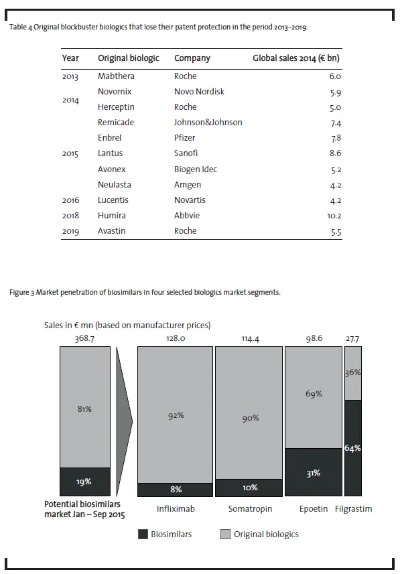
欧洲手工纺织品市场近年来呈现出繁荣发展的态势,不仅吸引了众多国内外消费者,也成为了纺织行业的重要一环,本篇文章将围绕欧洲手工纺织品市场的现状进行深入探讨,并通过表格和案例说明来辅助说明。
市场规模 欧洲手工纺织品市场涵盖了从原材料采购、生产加工到成品销售的整个产业链,市场规模不断扩大,涉及的产品种类丰富,包括丝绸、棉布、麻布等各类纺织品。
市场特点 欧洲手工纺织品市场具有以下特点:
- 传统工艺与现代技术的融合:欧洲手工纺织品注重传统工艺与现代技术的结合,注重产品的质量与美观。
- 多样性:欧洲手工纺织品市场涵盖了各种风格和类型的纺织品,满足了不同消费者的需求。
- 环保意识增强:随着消费者对环保意识的提高,越来越多的消费者选择环保、可持续的手工纺织品。
市场现状分析
市场需求 随着消费者对高品质、个性化、环保等需求的不断提高,欧洲手工纺织品市场需求持续旺盛,特别是在欧洲的一些国家和地区,消费者对手工纺织品的热爱和追求更为明显。
市场竞争格局 在欧洲手工纺织品市场中,市场竞争格局呈现出多元化趋势,国内外品牌和制造商不断涌现,推动了市场竞争的激烈化;传统手工艺人的传承和手工纺织品的独特性也成为了市场竞争的重要优势。
市场发展机遇 欧洲手工纺织品市场的发展机遇主要表现在以下几个方面:
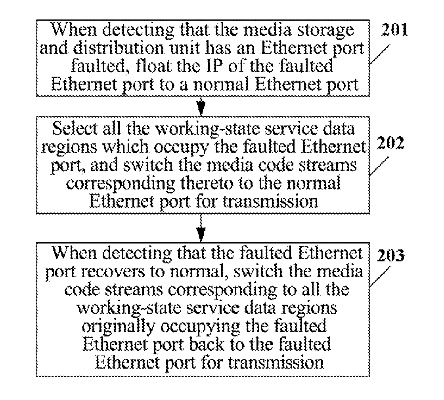
- 政策支持:政府对传统手工艺的保护和支持政策为市场发展提供了良好的政策环境。
- 技术创新:随着科技的不断进步,欧洲手工纺织品的生产技术也在不断更新和提升,为市场发展提供了新的动力。
- 消费者需求升级:随着消费者对高品质、个性化、环保等需求的不断提高,市场将迎来更多的发展机遇。
案例说明
以某欧洲国家的手工纺织品市场为例,展示其具体的发展情况,该市场以传统手工艺为基础,注重产品的质量和美观,同时注重环保和可持续性,在市场上,有许多知名的品牌和制造商,他们注重产品的创新和升级,推出了许多具有独特风格和功能的纺织品,该市场还吸引了大量的手工工匠和手工艺人,他们传承和发扬了传统手工艺,为市场注入了新的活力。
市场需求预测 随着消费者对高品质、个性化、环保等需求的不断提高,欧洲手工纺织品市场需求将继续保持旺盛态势,市场将更加注重产品的质量和美观,同时注重环保和可持续性。
市场发展策略 为了更好地适应市场需求和发展趋势,欧洲手工纺织品市场可以采取以下发展策略:
- 加强品牌建设和营销推广,提高品牌知名度和美誉度。
- 推动技术创新和升级,提高产品的质量和性能。
- 加强传统手工艺人的传承和发扬,推动手工艺文化的传承和发展。
- 加强与国际市场的合作和交流,拓展市场发展空间和机遇。
欧洲手工纺织品市场近年来呈现出繁荣发展的态势,市场规模不断扩大,产品种类丰富,市场竞争格局多元化,随着消费者对高品质、个性化、环保等需求的不断提高和市场的发展趋势,欧洲手工纺织品市场将迎来更多的发展机遇,市场也需要加强品牌建设和营销推广、推动技术创新和升级、加强传统手工艺人的传承和发扬等方面的工作,以适应市场需求和发展趋势。
Articles related to the knowledge points of this article:

